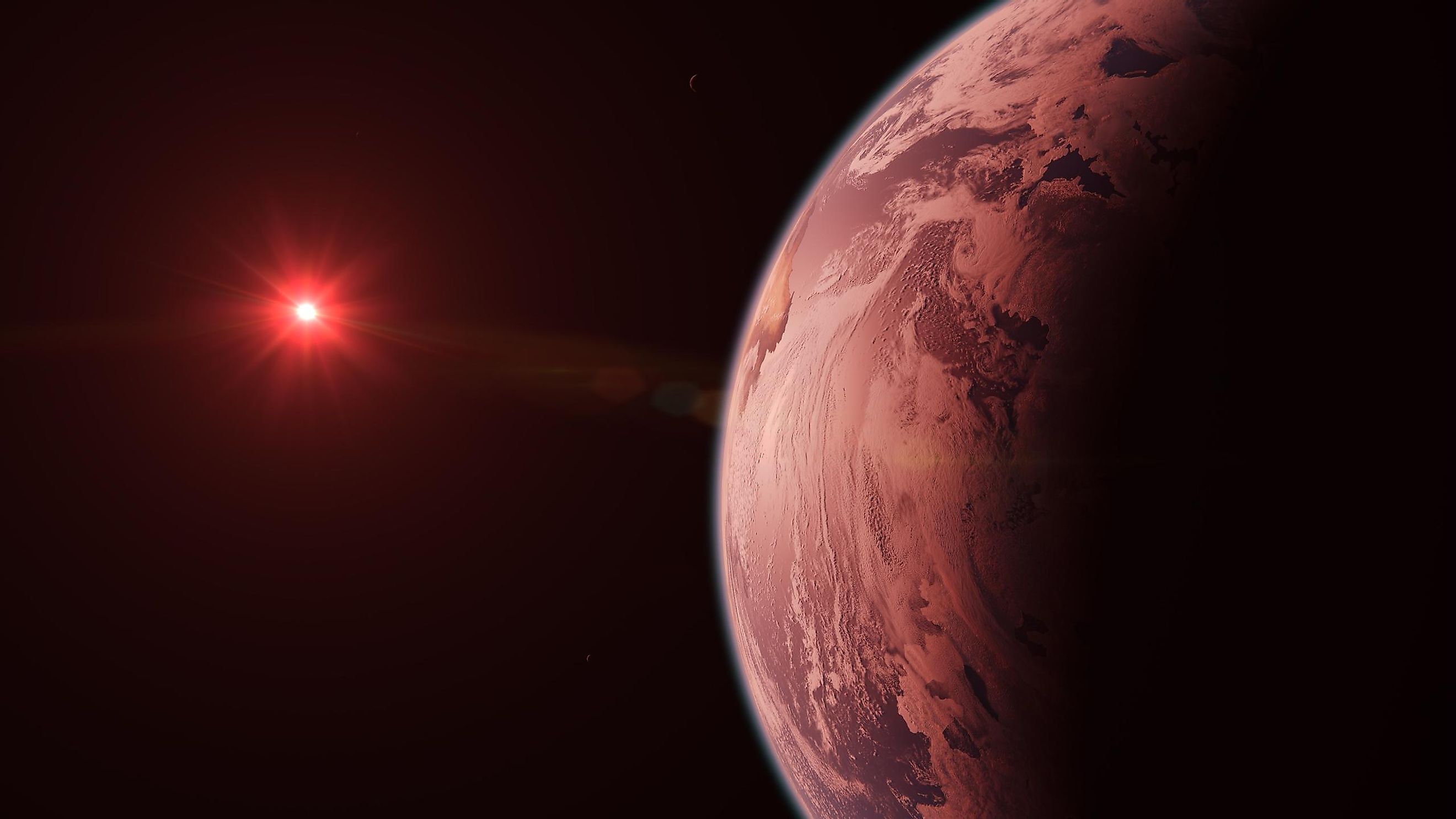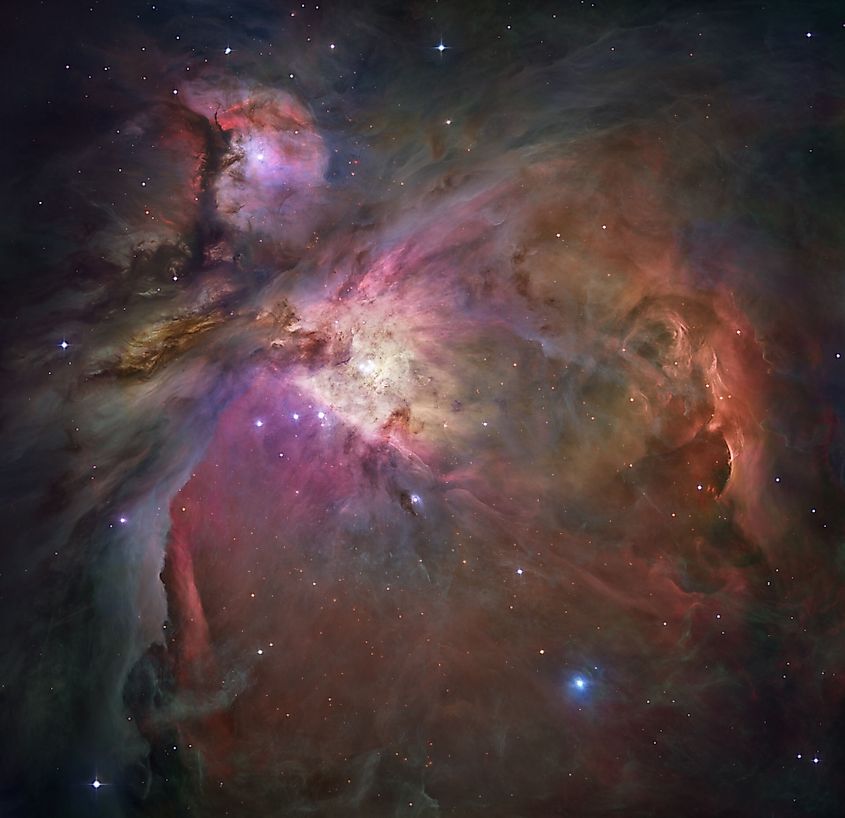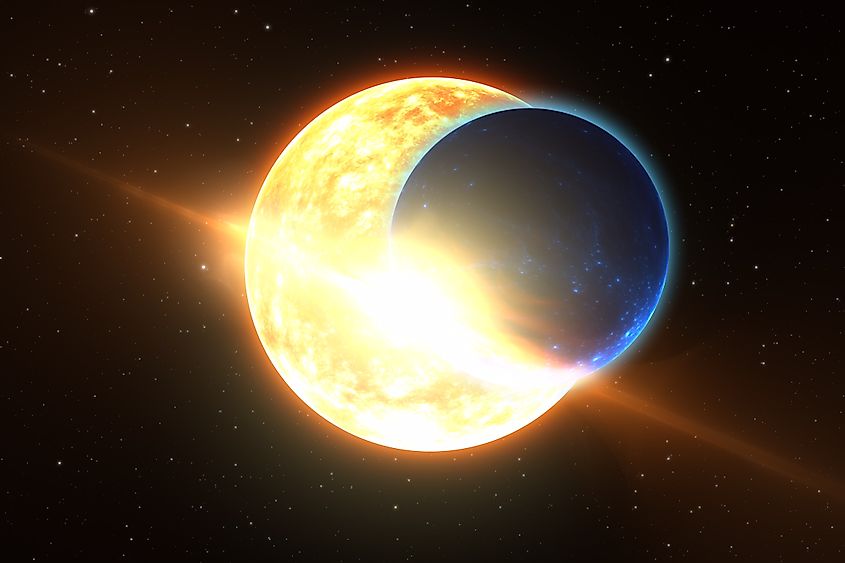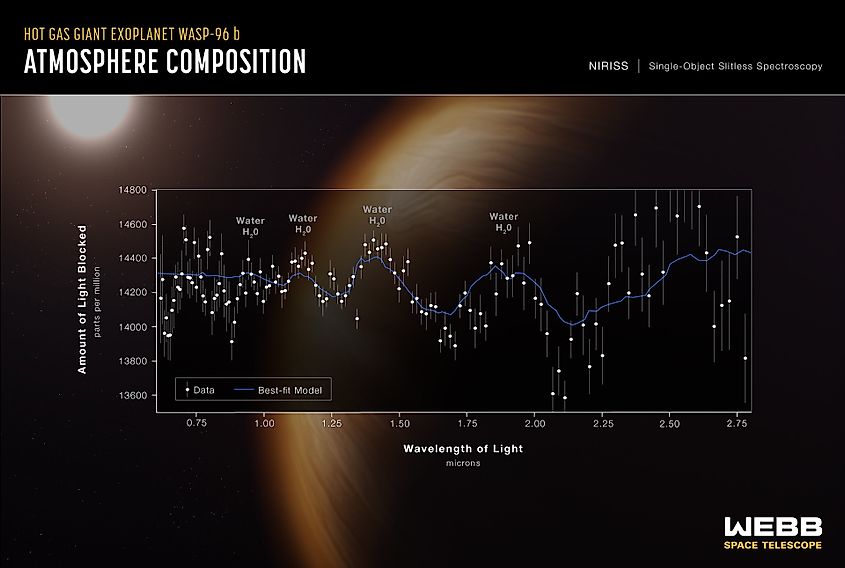
How Do Telescopes Analyze Exoplanet Atmospheres?
An exoplanet is any planet that exists beyond the boundaries of our solar system. While the first exoplanet was only discovered in 1992, scientists have now confirmed the existence of over 5,000 exoplanets. As telescopes have advanced, so has our ability to study these distant worlds. In recent years, technology has advanced to the point where we can now analyze the atmospheres of other worlds in unprecedented detail. Telescopes such as the James Webb Space Telescope have already done this, having found compounds such as water and carbon dioxide in the atmospheres of some exoplanets. How do telescopes analyze the atmospheres of planets that are so far away from us?
Spectroscopy and Composition

To determine the composition of objects in space, scientists utilize spectroscopy. Spectroscopy is an area of science that uses the light emitted or reflected by an object to determine its composition. It does this by splitting beams of light into its constituent colors known as a spectrum. Within the spectrum of some objects, there are dark bands scattered throughout the spectrum, and it is these bands that tell scientists what an object is made of, yet what are these dark bands and how do they relate to composition? First, objects are composed of various elements that form the periodic table. An element is composed of protons, neutrons, and electrons. Protons and neutrons make up the central nucleus, while electrons orbit around the nucleus. Interestingly, electrons will orbit the nucleus at various energy levels depending on what element is being analyzed. Every element and compound has its own unique structure of electron energy levels. Furthermore, electrons can either jump to a higher energy level or fall to a lower energy level. This happens when an electron absorbs a particle of light called a photon. Once an electron absorbs a photon, it also absorbs its energy and jumps to a higher energy level. That electron will then re-emit that photon and fall to a lower energy level. The dark bands in a spectrum are where electrons are absorbing photons, and since every element and compound has its own unique configuration of electron energy levels, every element and compound will also have its own unique spectrum. By analyzing a spectrum and the dark bands within it, scientists can determine what elements and compounds are absorbing and emitting particles of light. In astronomy, spectroscopy is used extensively in studying the composition of stars, galaxies, nebulae, and planets.
Exoplanets, Light, and Spectroscopy

Spectroscopy can be used to analyze the composition of a planet’s atmosphere, even if that planet is located many light years away from us. However, planets do not generally emit their own light, and so how do scientists analyze the spectrum of a planet’s atmosphere? Analyzing an exoplanet’s atmosphere actually works in conjunction with detecting exoplanets through a method known as the transit method. The transit method is fairly simple, as all it does is look for any changes to the amount of light emitted by a star caused by a planet passing in front of the star. Think of it like placing your finger over a lightbulb. As you do so, your finger will block some of the light and cast a shadow. The transit method looks for starlight being blocked by a planet orbiting the star. However, since planets are tiny compared to their parent star, detecting exoplanets with the transit method requires extremely sensitive technology, and it has only really been utilized in the last two decades. Despite how new the transit method is, it is the most successful method for detecting exoplanets, and most of the confirmed exoplanets have been found using the transit method.
When a planet passes in front of a star, most of the light hitting the planet is blocked. However, if that planet has an atmosphere, some of the starlight will pass through the atmosphere, be absorbed by electrons, and re-emitted back into space. Scientists on Earth can then analyze the light that passed through the planet’s atmosphere, produce a spectrum, and analyze the composition of the atmosphere. Technology has only recently become advanced enough to study exoplanet atmospheres in detail, and telescopes such as James Webb have already begun detecting compounds such as water and carbon dioxide in the atmospheres of distant exoplanets.
Spectroscopy and Biosignatures

One of the more exciting prospects of studying exoplanet atmospheres is that telescopes can look for biosignatures. A biosignature is any form of evidence that likely has a biological origin. For example, the oxygen and methane in Earth’s atmosphere are almost entirely the result of living things, and so scientists hope to eventually analyze Earth-like worlds around other stars and look for the same biosignatures that show up on Earth. Current telescopes like James Webb may even have the ability to do this, and scientists are hoping that James Webb may be able to detect biosignatures on other worlds. Detecting alien life may be within reach in the not too distant future.











